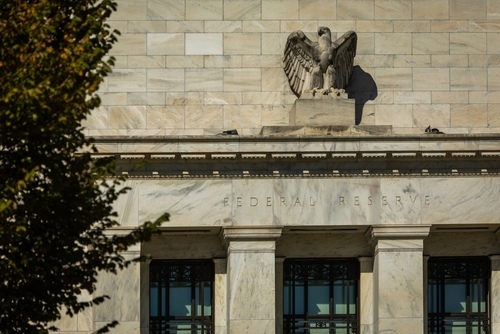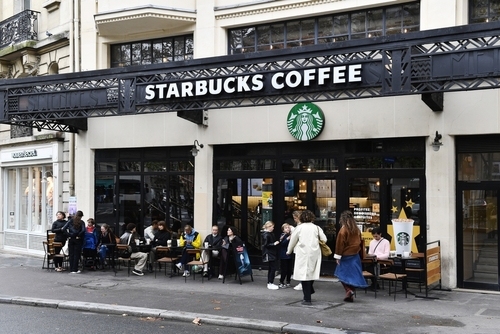GLOBAL MARKETS-Stocks rise, euro firms after US-EU trade agreement

By Ankur Banerjee
SINGAPORE, July 28 (Reuters) - Global stocks rose and the euro firmed on Monday after a tradeagreement between the United States and the EU lifted sentiment and provided some clarity in a week of key policy meetings by the Federal Reserve and the Bank of Japan.
The U.S. struck a framework trade agreement with the European Union, imposing a 15% import tariff on most EU goods - half the threatened rate, a week after agreeing to a trade deal with Japan that lowered proposed tariffs on auto imports.
Countries are scrambling to finalise trade deals ahead of an August 1 deadline set by U.S. President Donald Trump, with talks between the U.S. and China set for Monday in Stockholm amid expectations of another 90-day extension to the truce between the world's top two economies.
"A 15% tariff on European goods, forced purchases of U.S. energy and military equipment and zero tariff retaliation by Europe, that's not negotiation, that's the art of the deal," said Prashant Newnaha, senior Asia-Pacific rates strategist at TD Securities. "A big win for the U.S."
S&P 500 futures EScv1 rose 0.4% and the Nasdaq futures NQc1 gained 0.5% while the euro EUR=EBS firmed across the board, rising against the dollar, sterling and yen. European futures STXEc1 surged nearly 1%.
MSCI's broadest index of Asia-Pacific shares outside Japan .MIAPJ0000PUS was up 0.27%, just shy of the almost four-year high it touched last week. Japan's Nikkei fell 0.8% after hitting a one-year high last week.
While the baseline 15% tariff will still be seen by many in Europe as too high, compared with Europe's initial hopes to secure a zero-for-zero tariff deal, it is better than the threatened 30% rate.
The U.S.-EU deal provides clarity to companies and averts a bigger trade war between the two allies that account for almost a third of global trade.
"A major tail-risk has now been defused," said Marc Velan, head of investments at Lucerne Asset Management in Singapore.
"Markets are interpreting this as a sign of stability and predictability returning to trade policy," he added. "The China delay fits the same pattern: the administration is opting for controlled diplomacy over confrontation."
China's blue-chip stocks .CSI300 rose 0.3% while the Hong Kong's Hang Seng index .HSI advanced 0.75%. .HK
The Australian dollar AUD=D3, often seen as a proxy for risk appetite, was at $0.657, hovering around the near eight-month peak scaled last week.
FED, BOJ AWAIT
In an action-packed week, investors will watch out for the monetary policy meetings from the Fed and the BOJ as well as the monthly U.S. employment report and earnings from megacap companies Apple AAPL.O, Microsoft MSFT.O and Amazon AMZN.O.
While the Fed and the BOJ are expected to maintain rates, comments from the officials will be crucial for investors to gauge the interest rate path. The trade deal with Japan has opened the door for the BOJ to raise rates again this year.
Meanwhile, the Fed is likely to be cautious on any rate cuts as officials seek more data to determine tariffs' impact on inflation before they ease rates further.
But tensions between the White House and the central bank over monetary policy have increased, with Trump repeatedly lashing out at Fed Chair Jerome Powell for not cutting rates. Two of the Fed Board's Trump appointees have articulated reasons for supporting a rate cut this month.
"Inflation readings, particularly the PCE index, and the upcoming July jobs report will shape expectations beyond this meeting, with the next likely policy pivot now pushed out to September if inflation continues to ease," said Kieran Williams, head of Asia FX at InTouch Capital Markets.
In commodities, oil prices rose after the U.S.-EU trade agreement. Brent crude futures LCOc1 and U.S. West Texas Intermediate crude CLc1 both rose 0.5%. O/R
Gold prices fell on Monday to their lowest in nearly two weeks on reduced appetite for safe havens. GOL/





